CS131-study-guide-1 #
- Software engineering definitions
- SDLC lifecycles
- SDLC phases
- Pros and cons of each SDLC model
- Top agile techniques
- Agile frameworks, characteristics
- Scrum roles/responsibilities
- Requirements, properties of good requirements
- IEEE quality attributes
- Use case
- 3C’s
- User stories, how to break them up
CS131-study-guide-2 #
- Contextual inquiry
- Persona
- Scrum roles, artifacts, events
- 3C’s
- Mockups, wireframe, story board
- Design elements, SAC, CAP FeVER
- XML, JSON
- 200, 404, 500 HTTP codes
- Git commands, basic
CS131-study-guide-3 #
- Architecture style, monolith, client-server, layered, pipe/filter, event driven, model-view-controller, service based, microservice
- Advantages and disadvantages of architectures
- Class diagrams
- Symptoms of poor design
- Design principles, SOLID, KISS, YAGNI etc
- SOLID principles in detail
- Coupling and cohesion
- Why use design patterns?
- Design pattern types, creational/structural/behavioral
- What pattern provides the best solution?
- Static and dynamic analysis
- Refactoring
Final study guide #
Project Management #
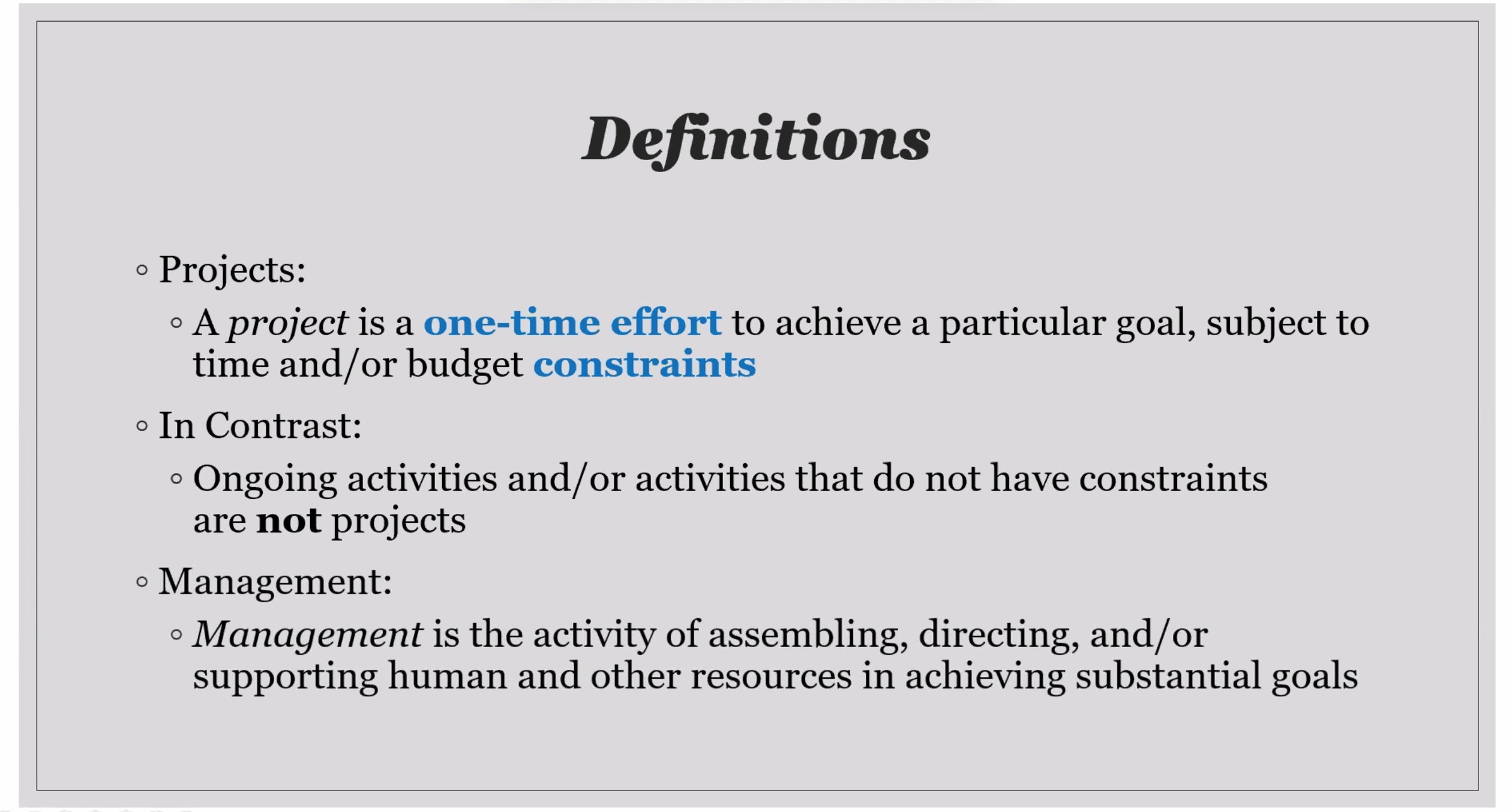
-
Constraints
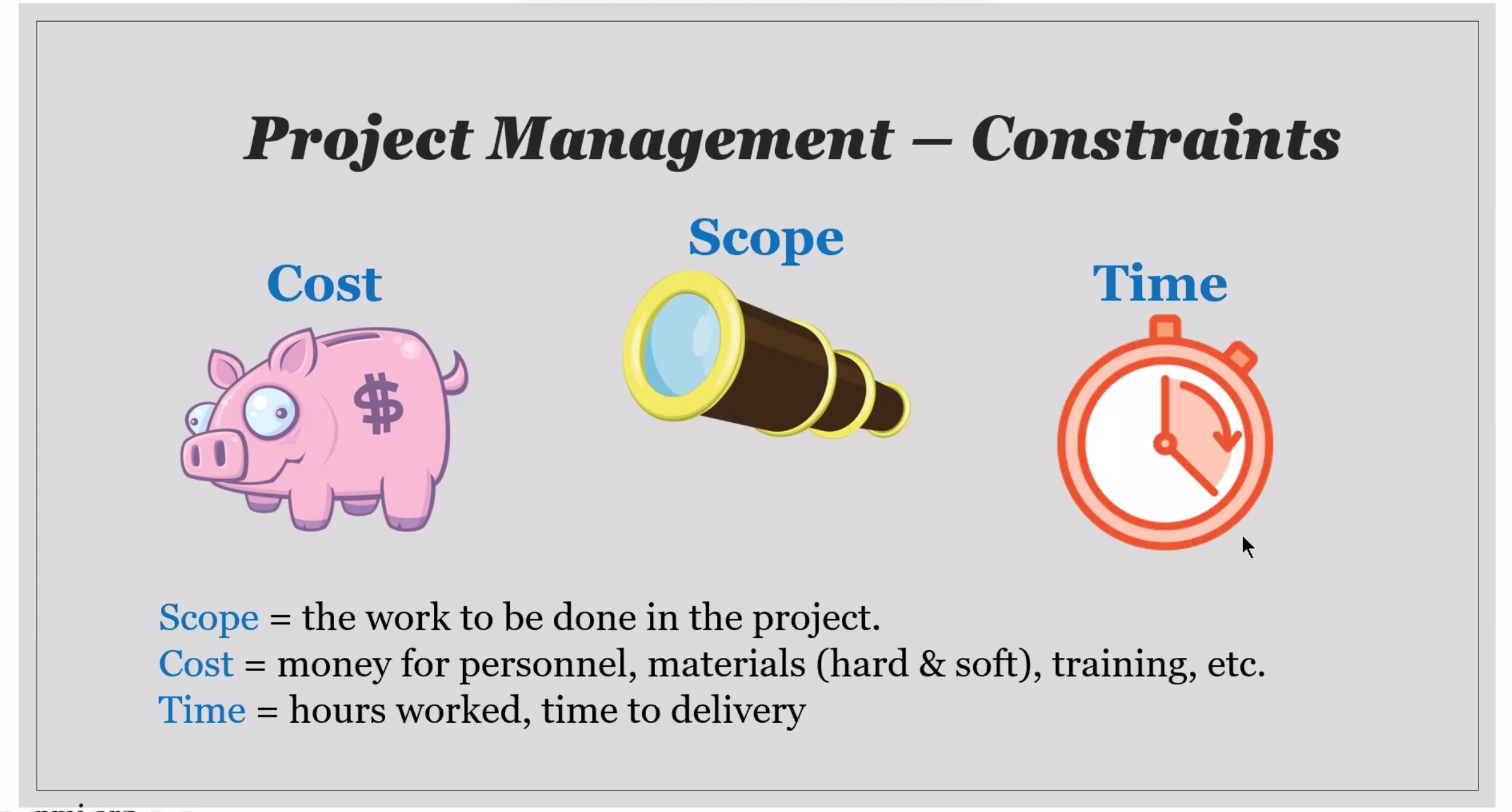
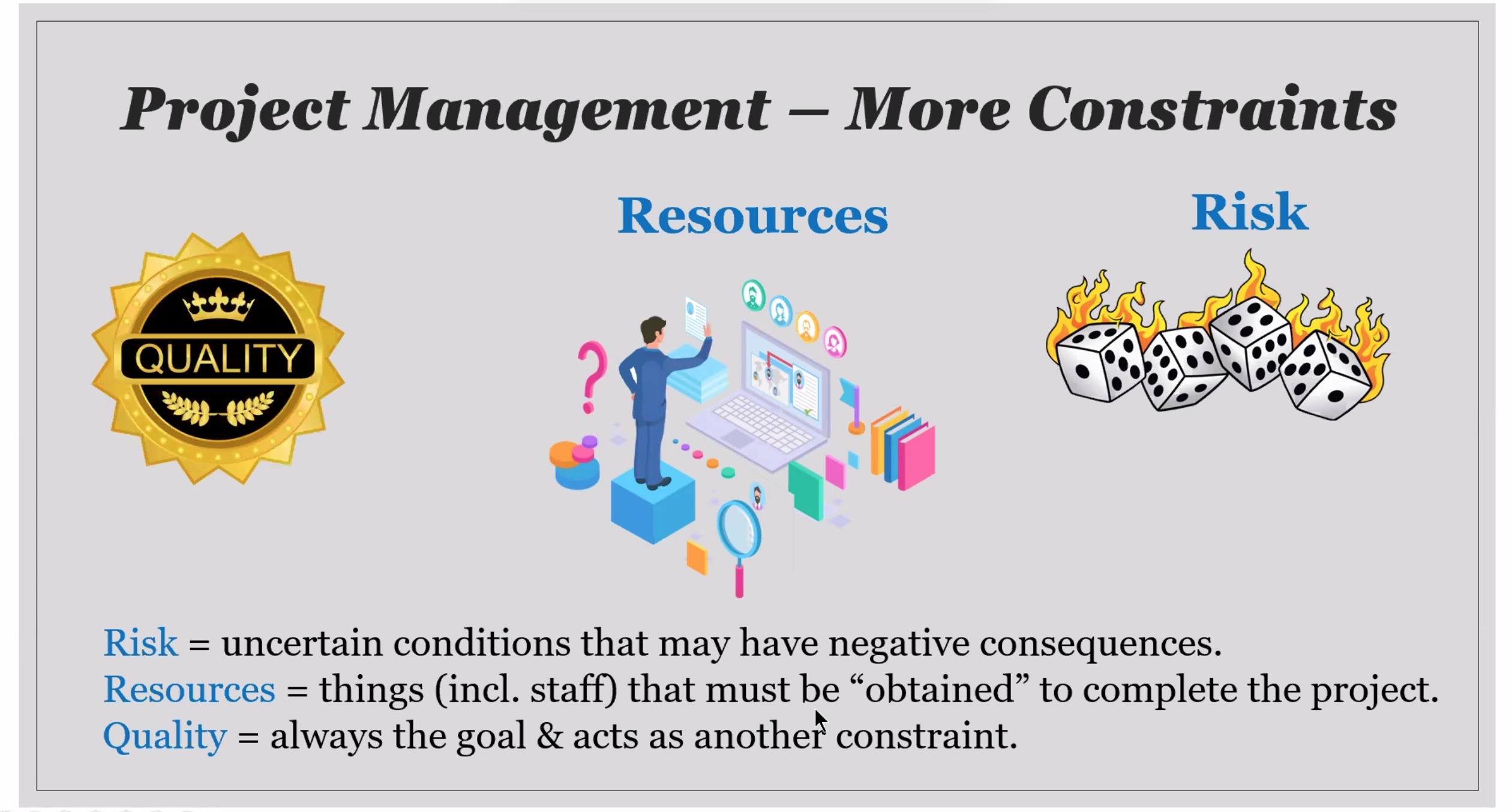
-
Triple Constraint Theory / Brooks Law
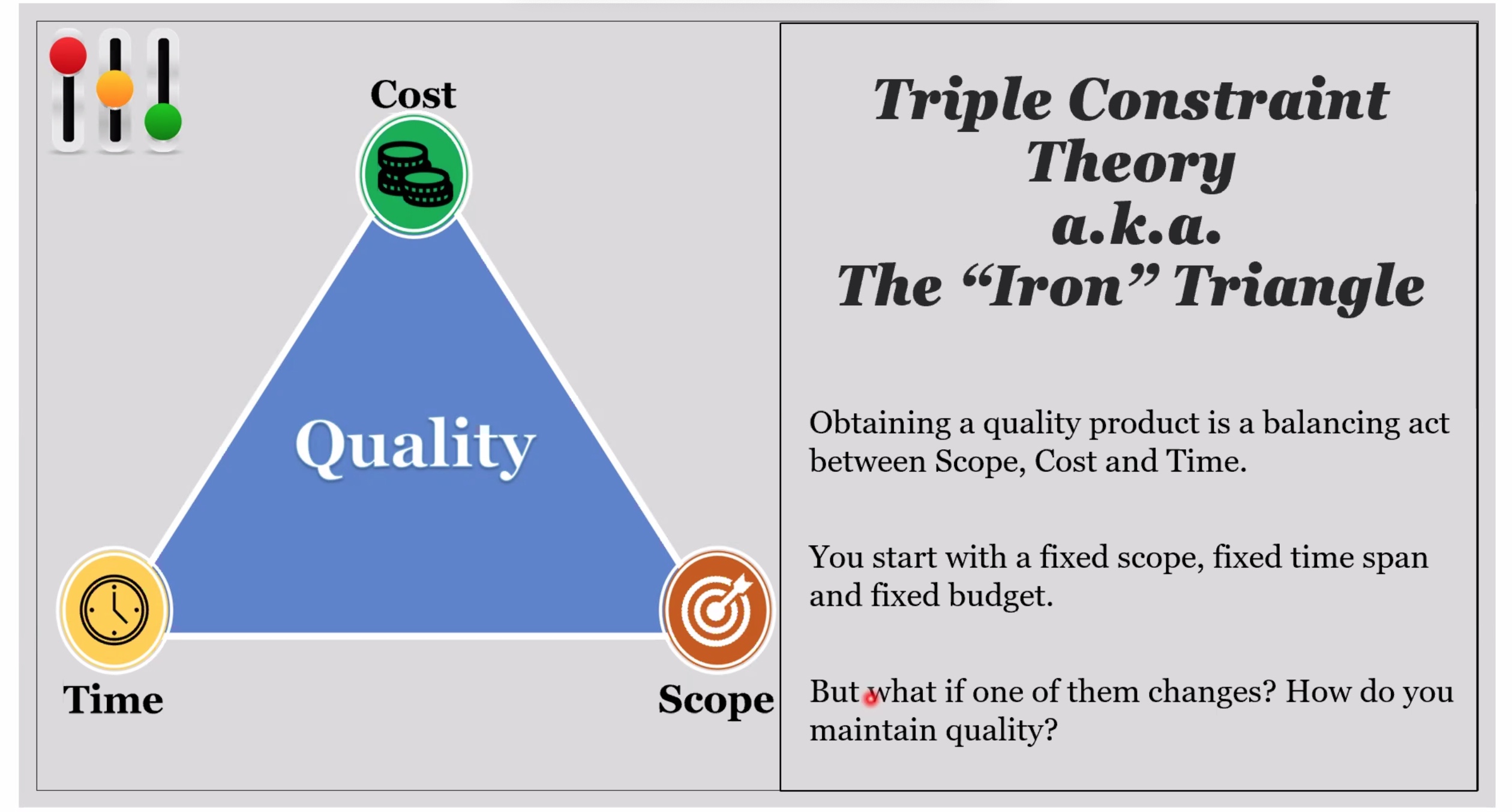
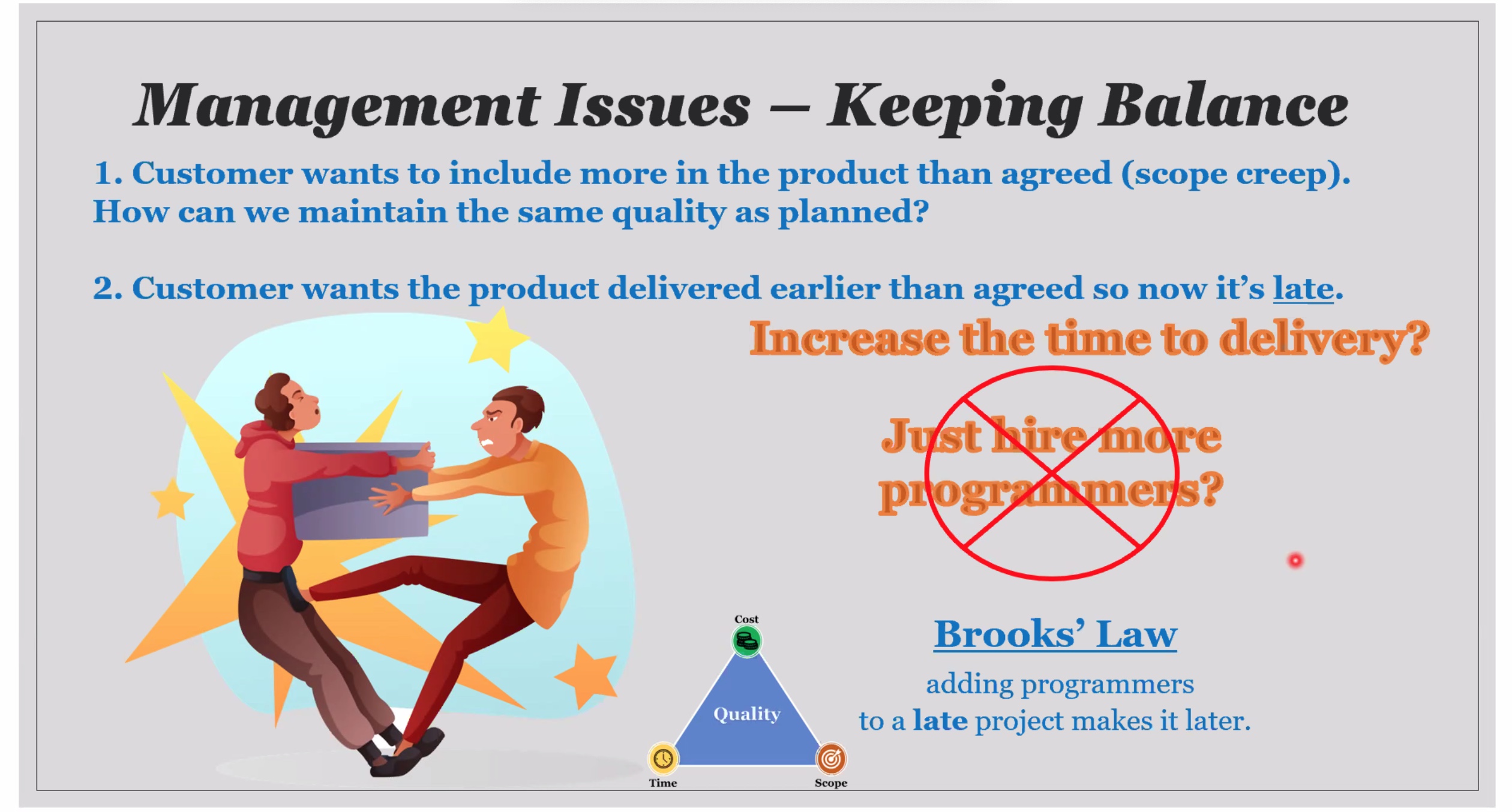
Quality/Testing #
-
Validation vs. verification
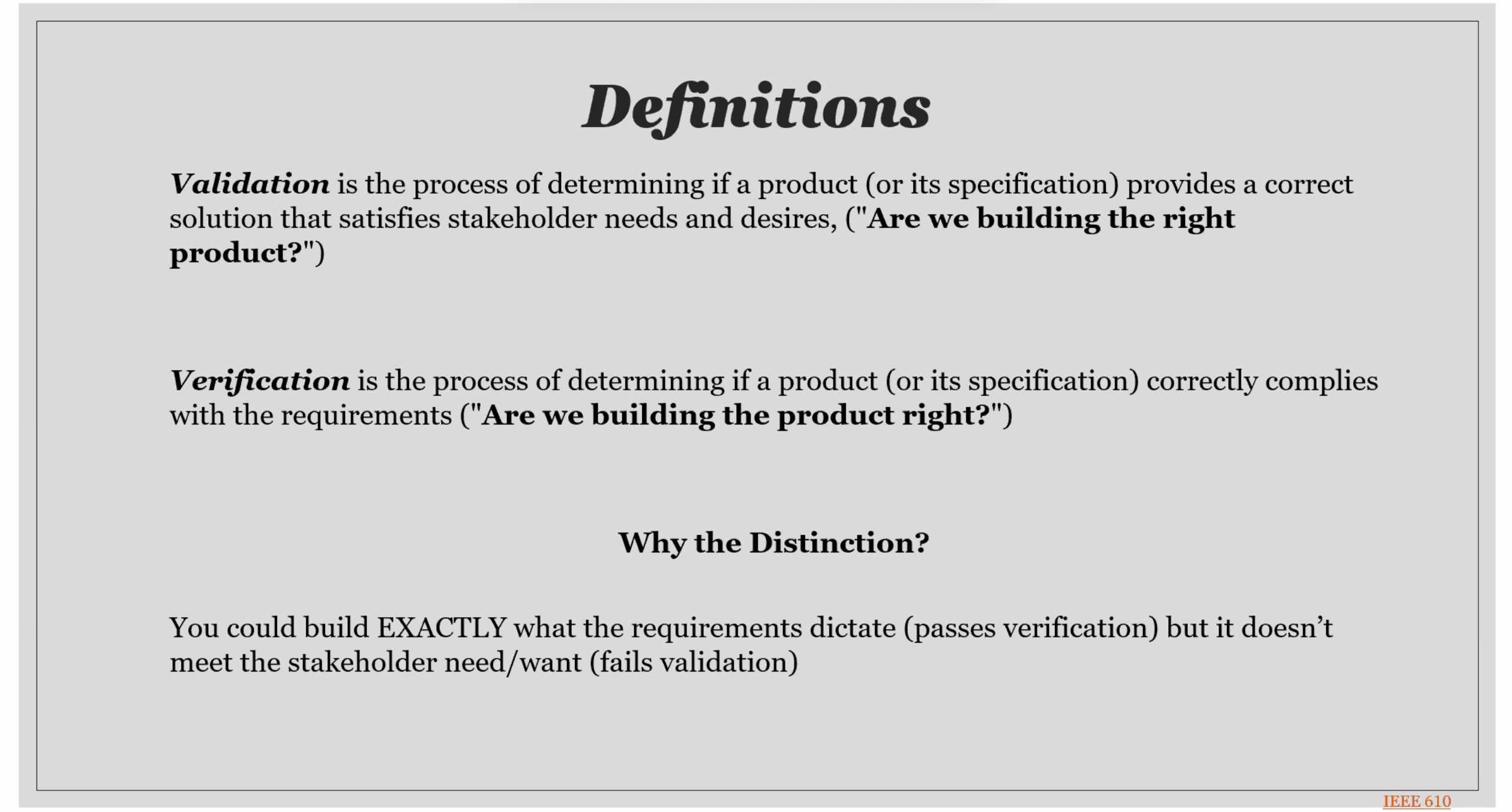
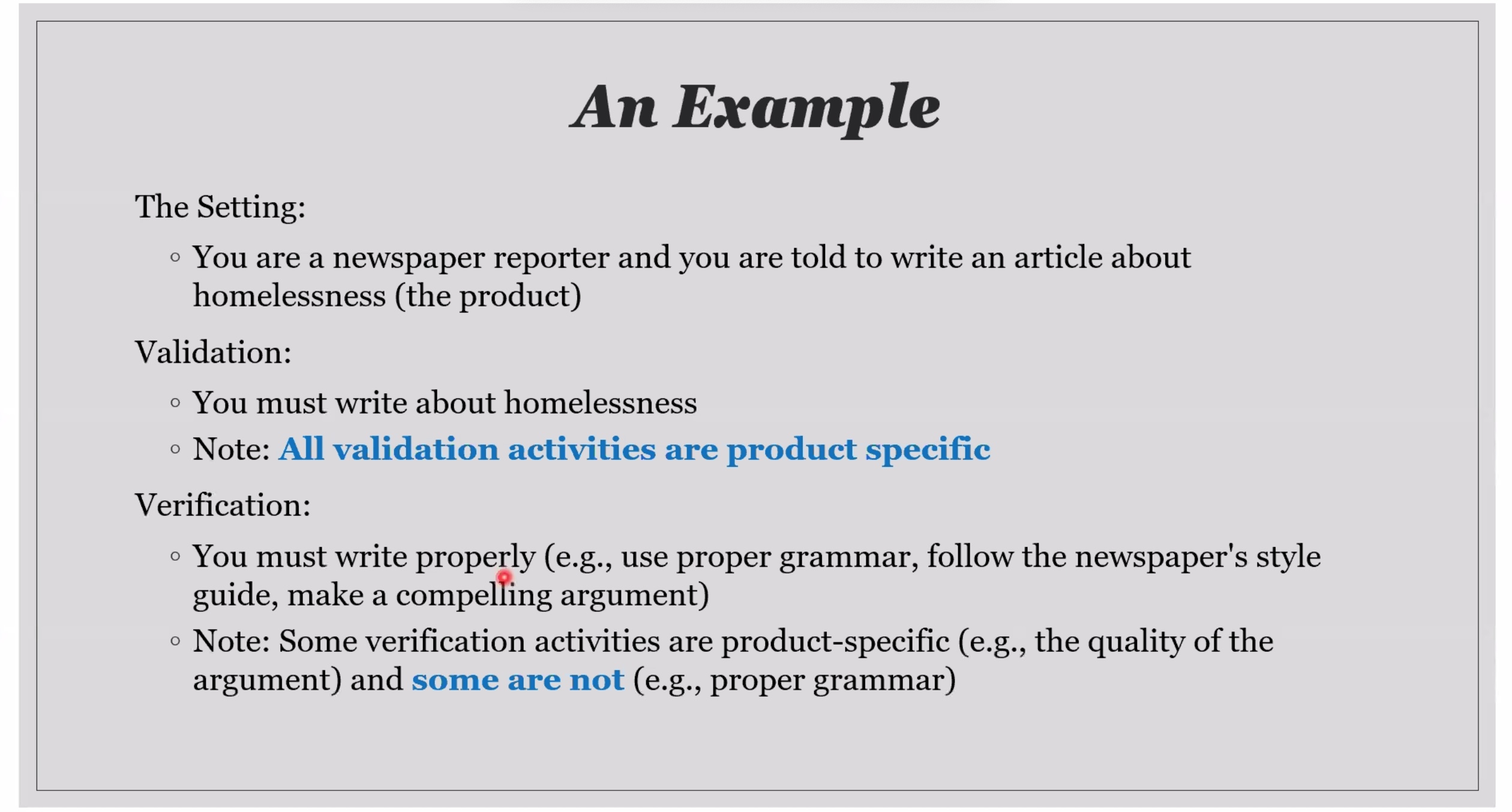
-
Terminology (defect, trigger, etc)
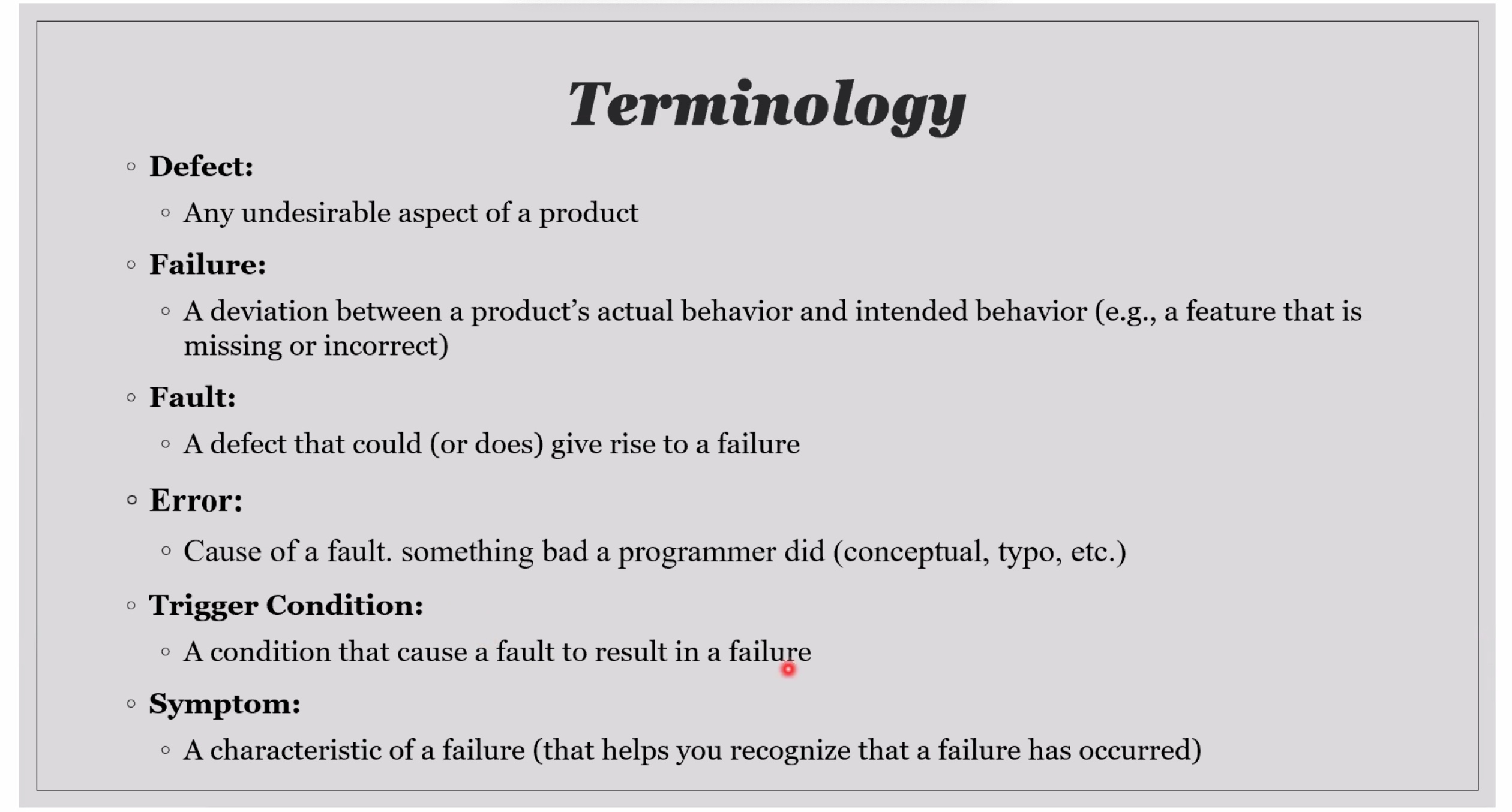
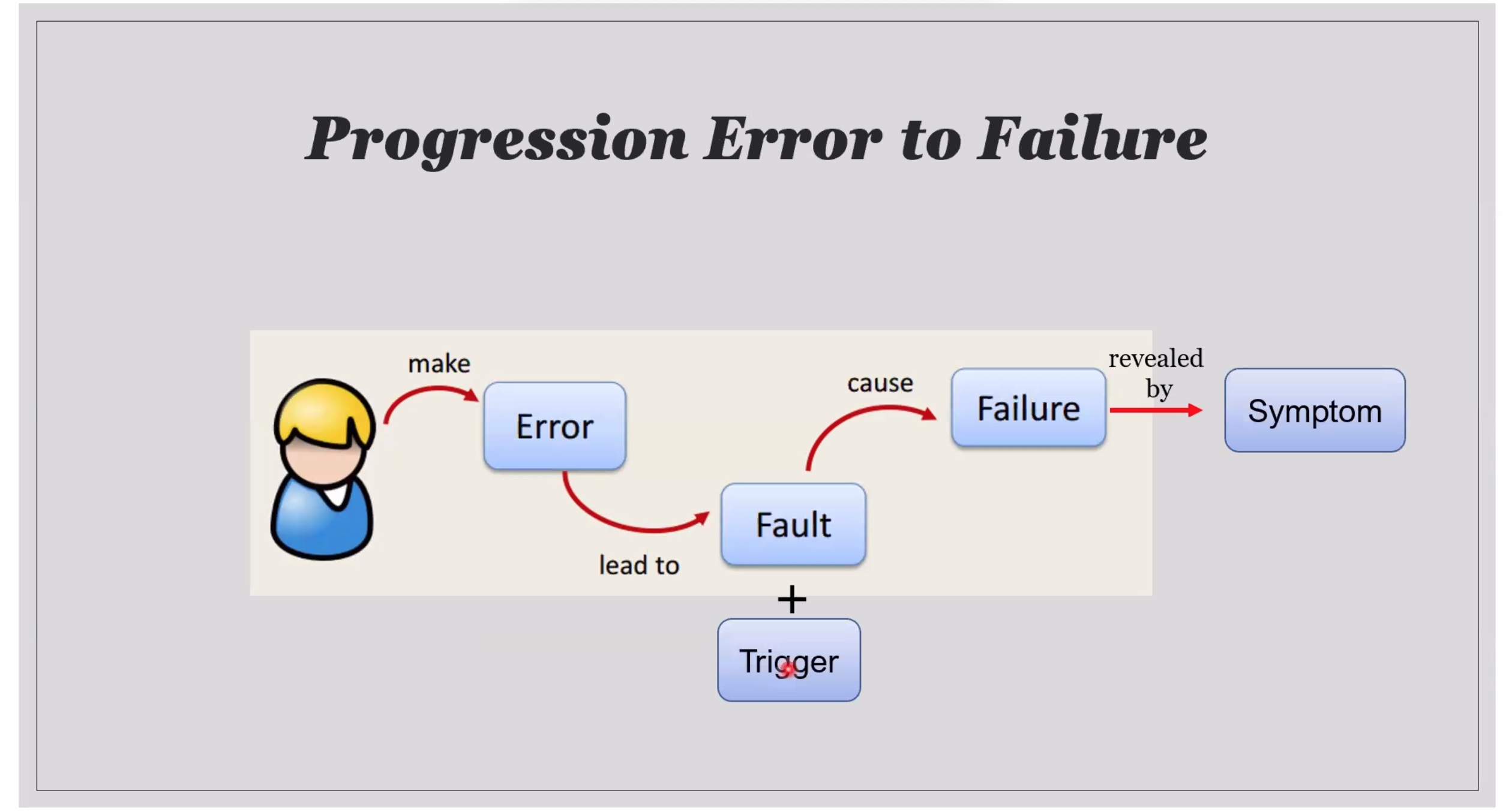
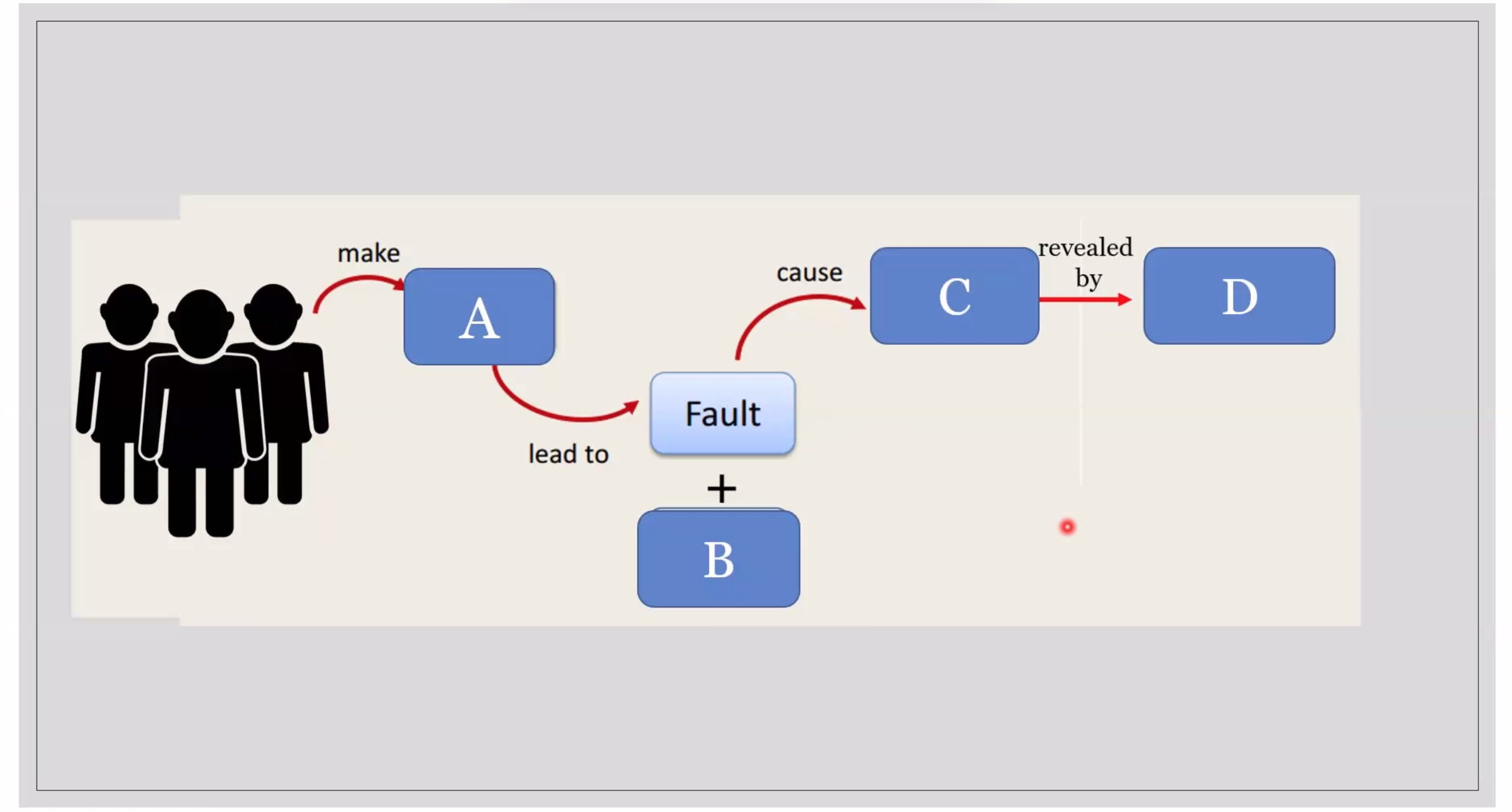
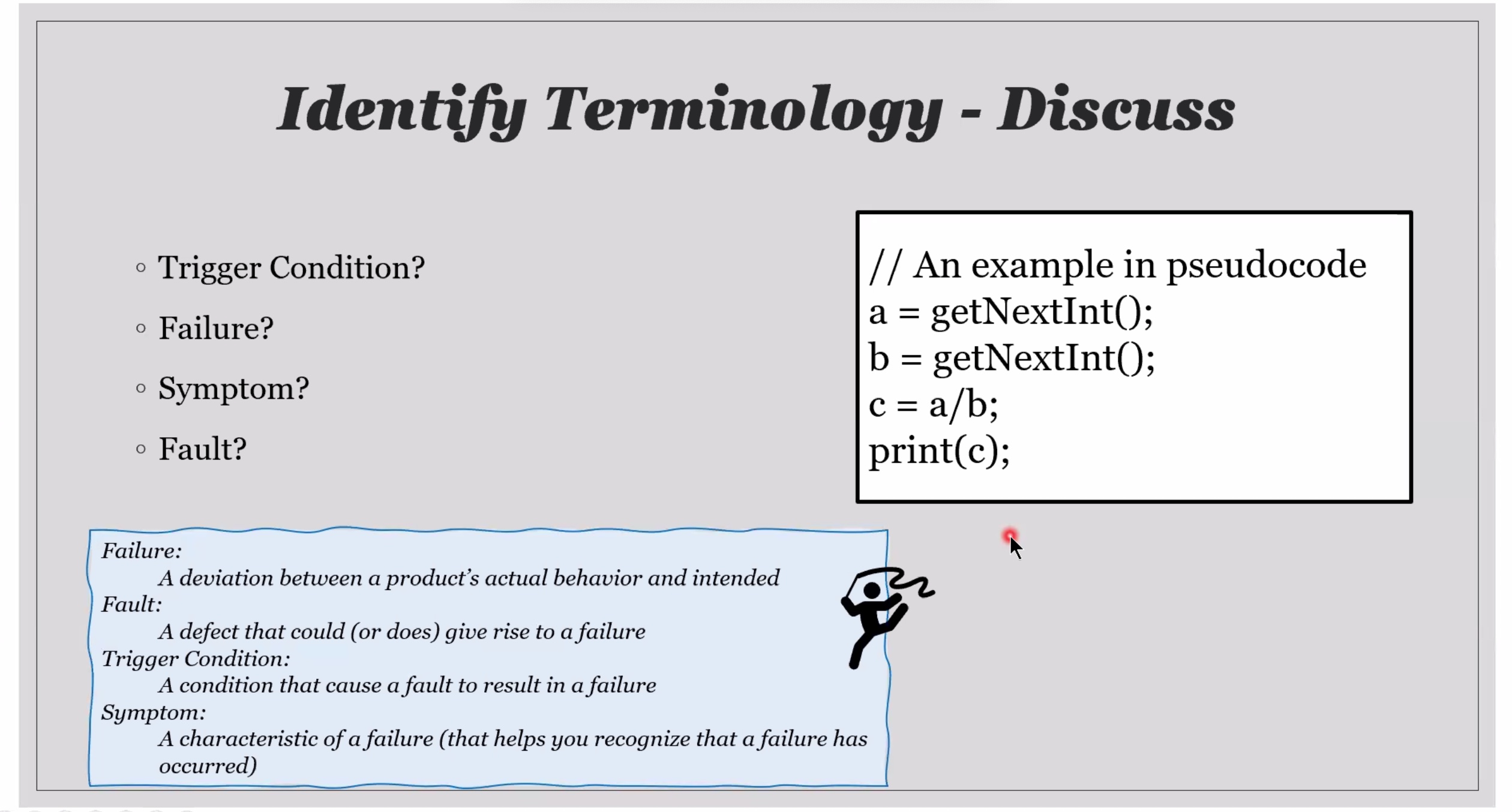
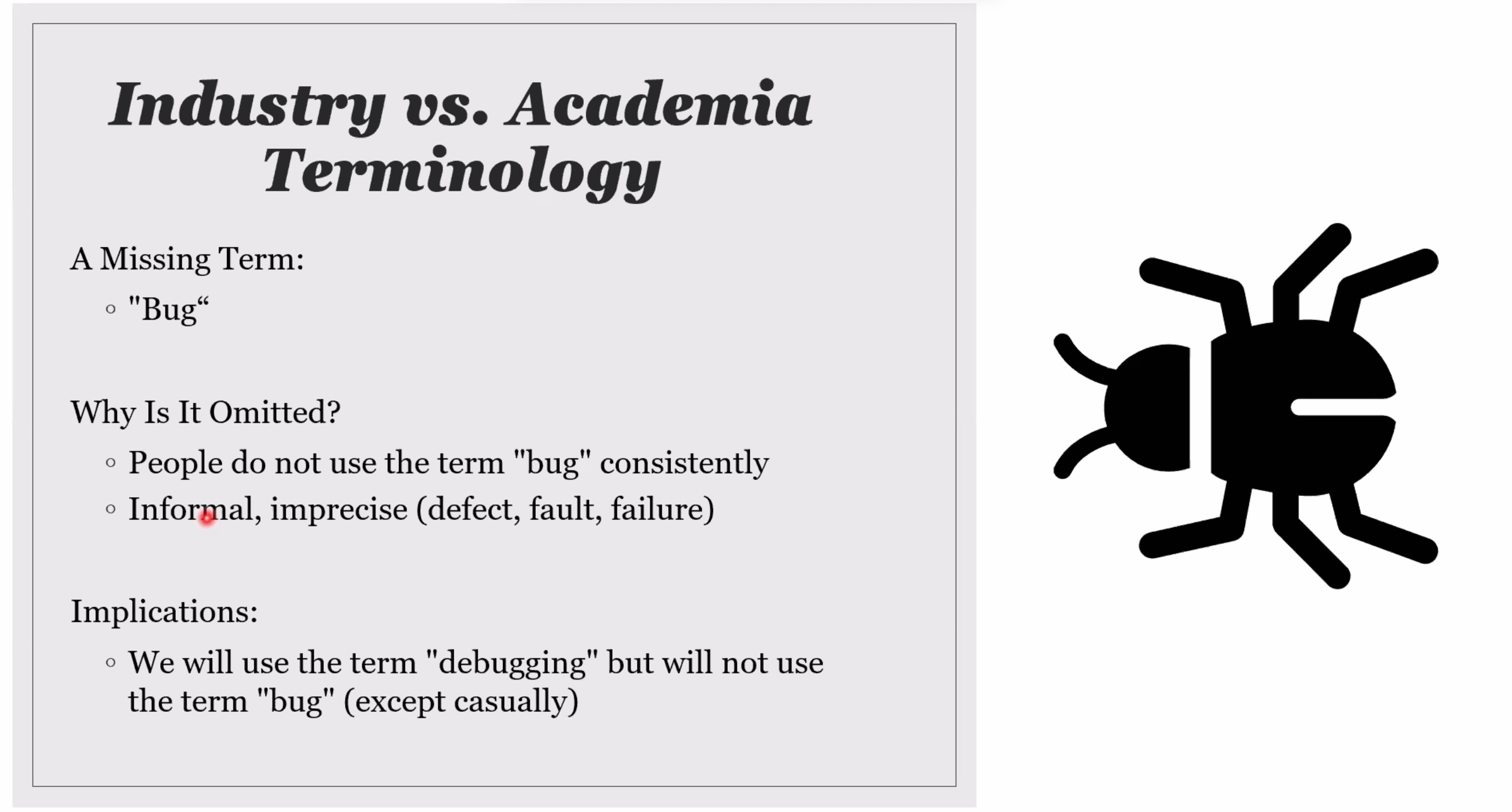
-
White Box vs. Black Box Testing
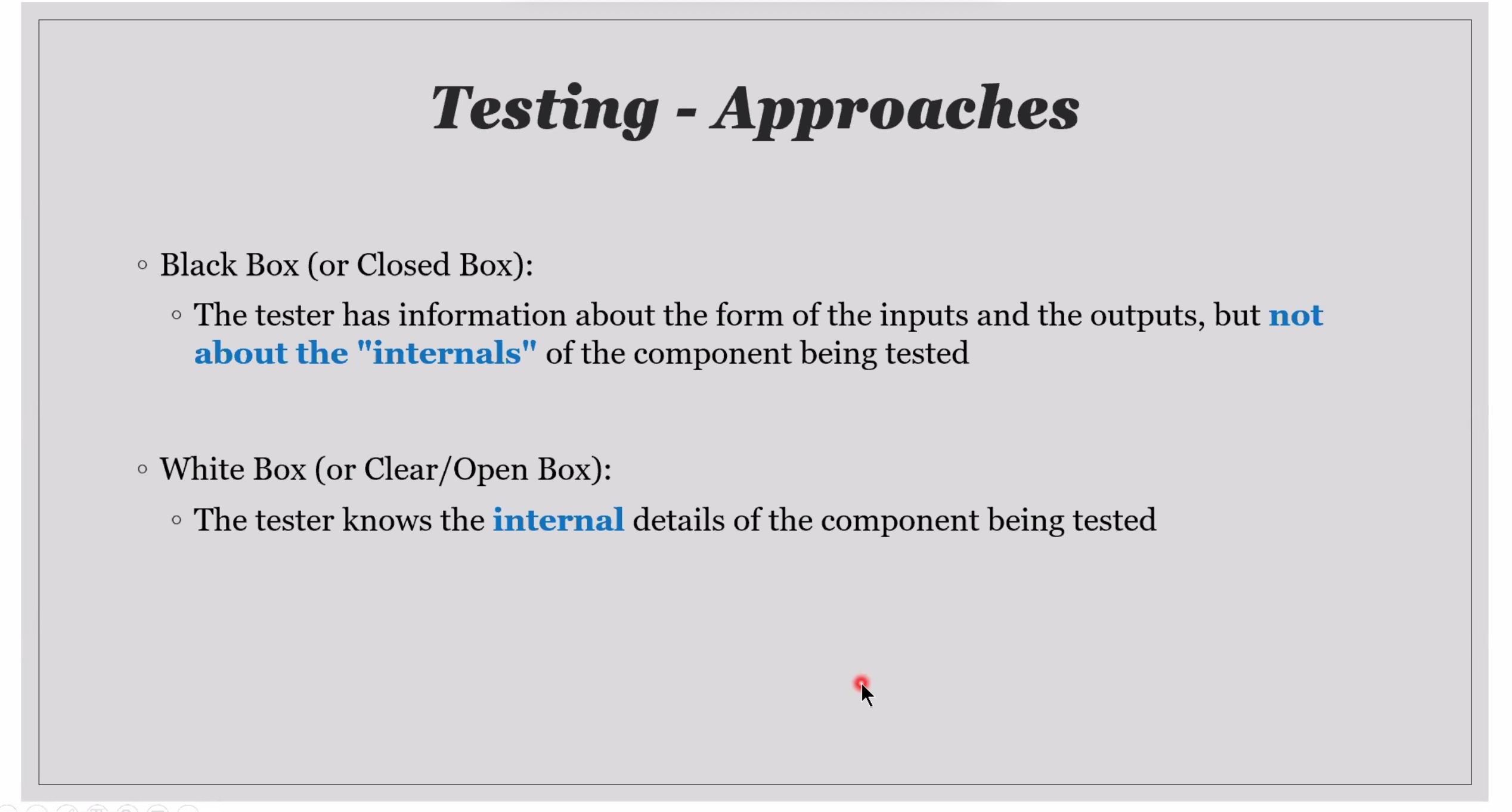
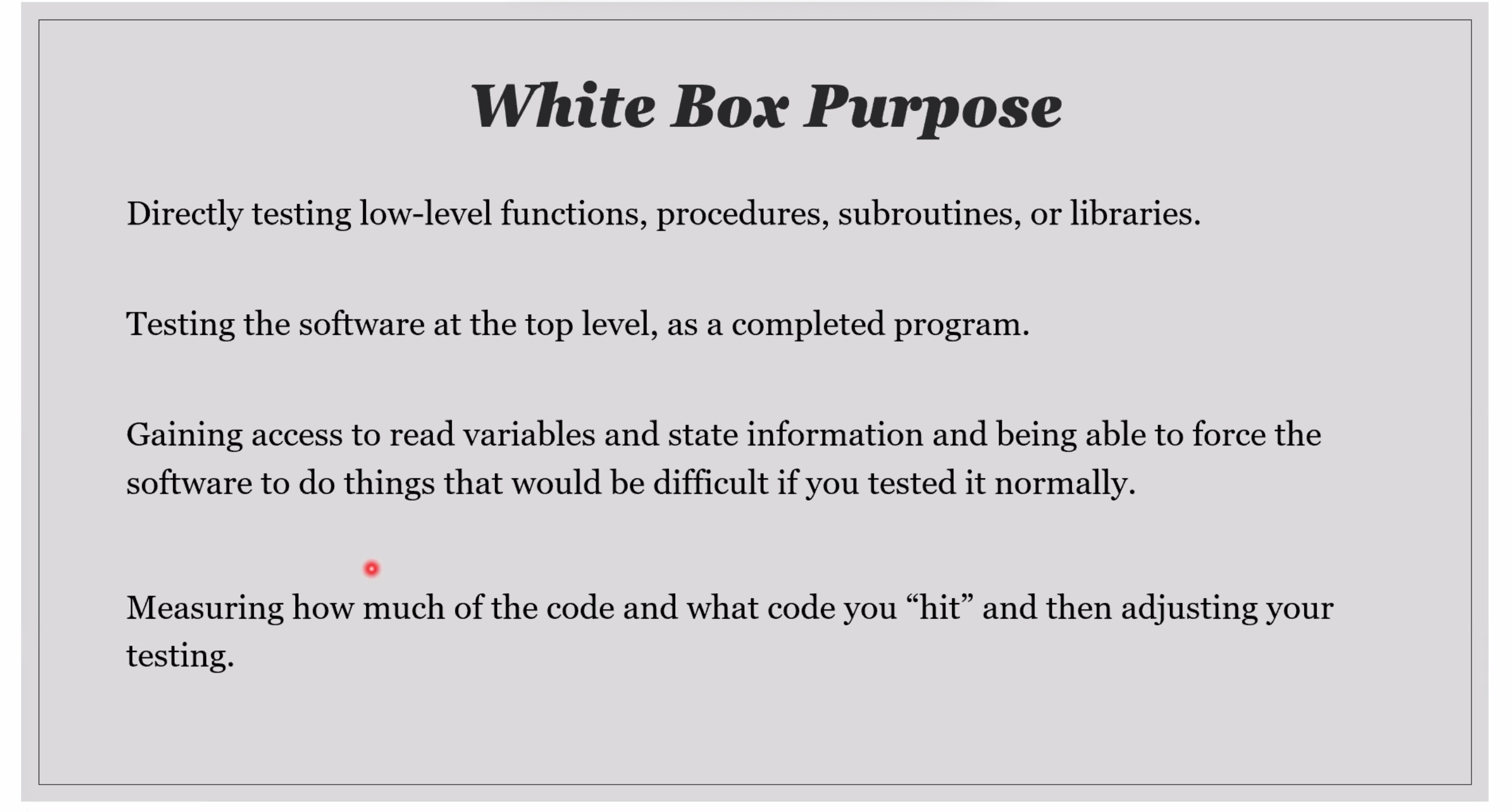
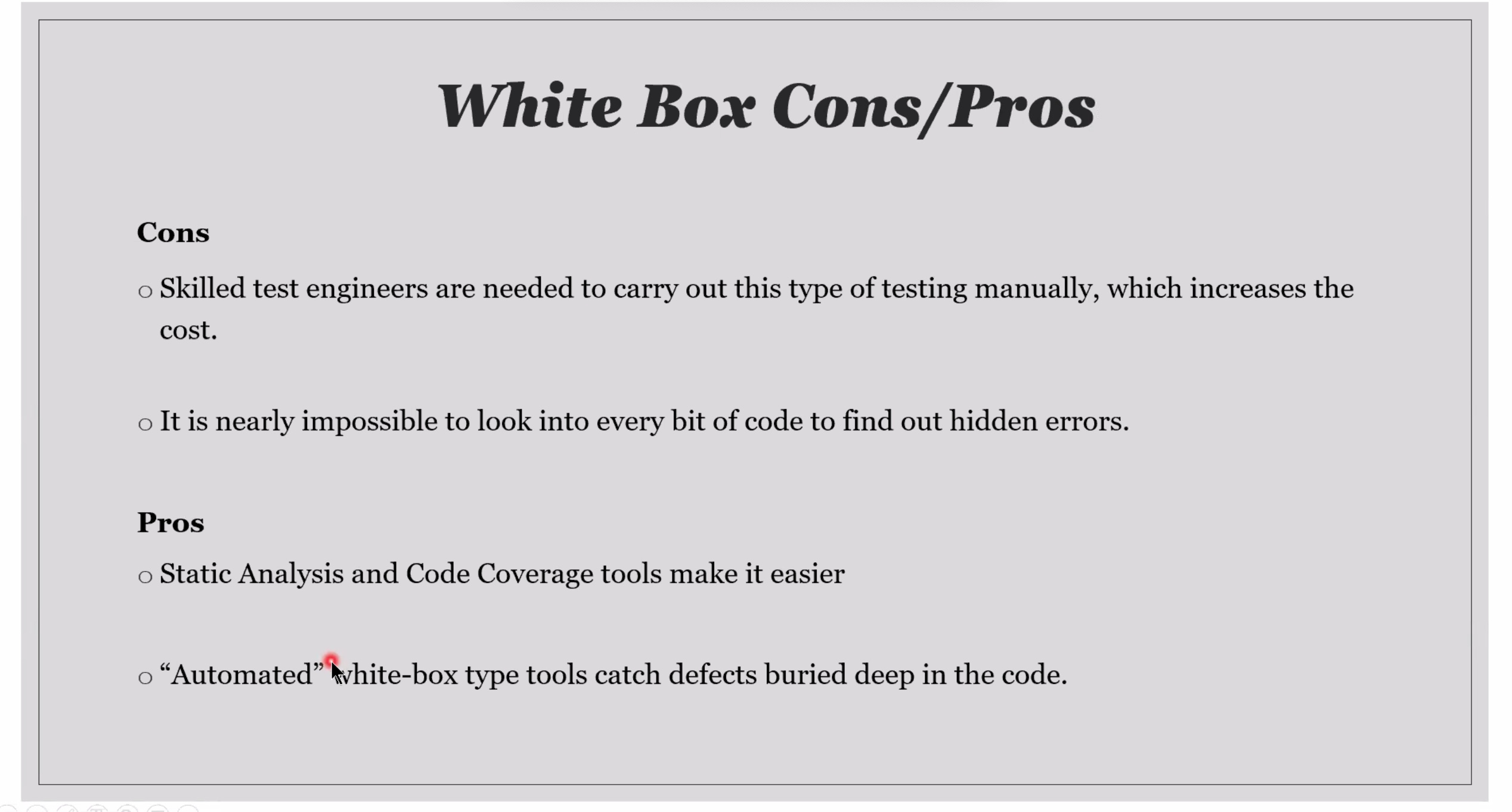
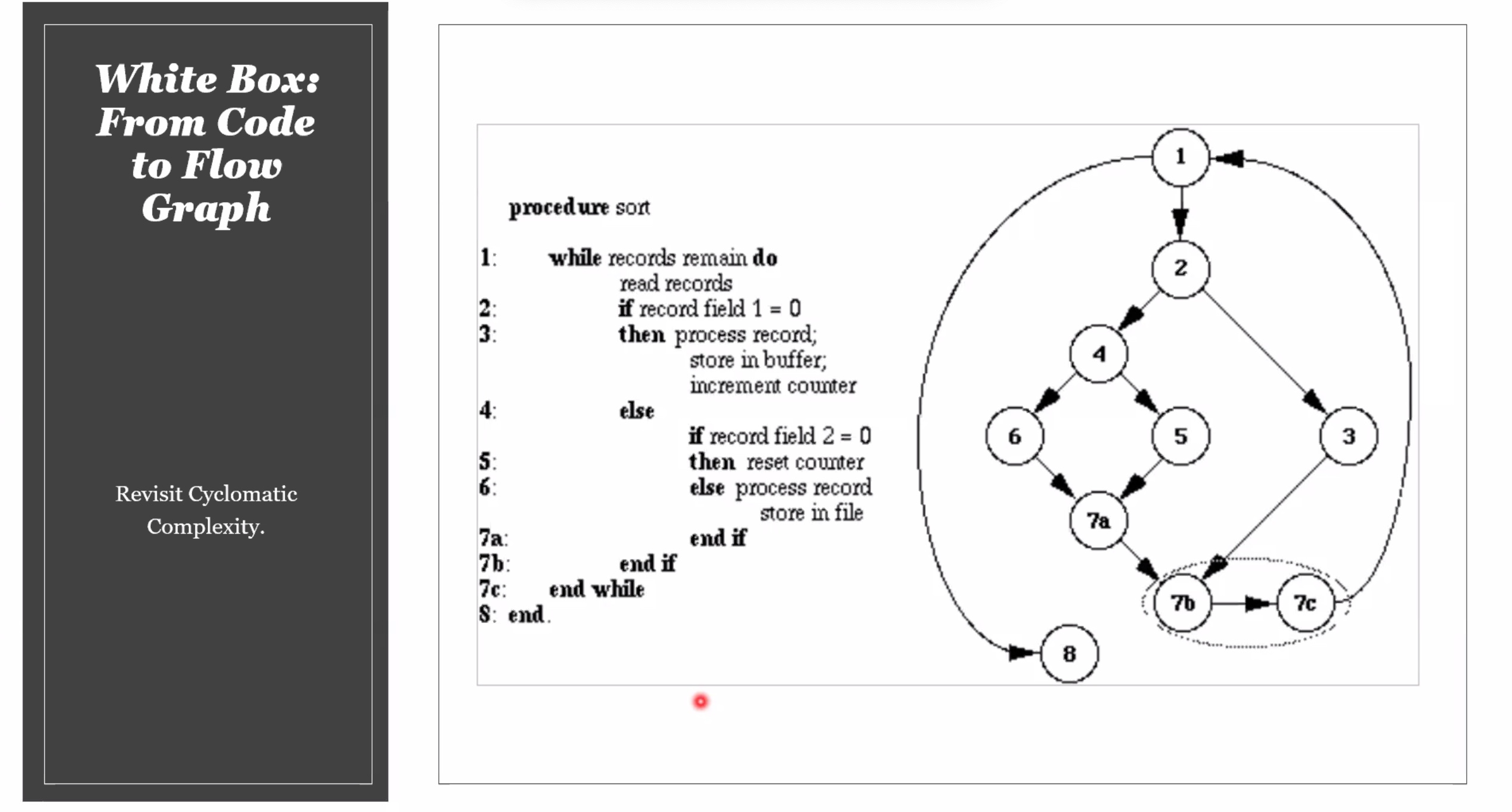
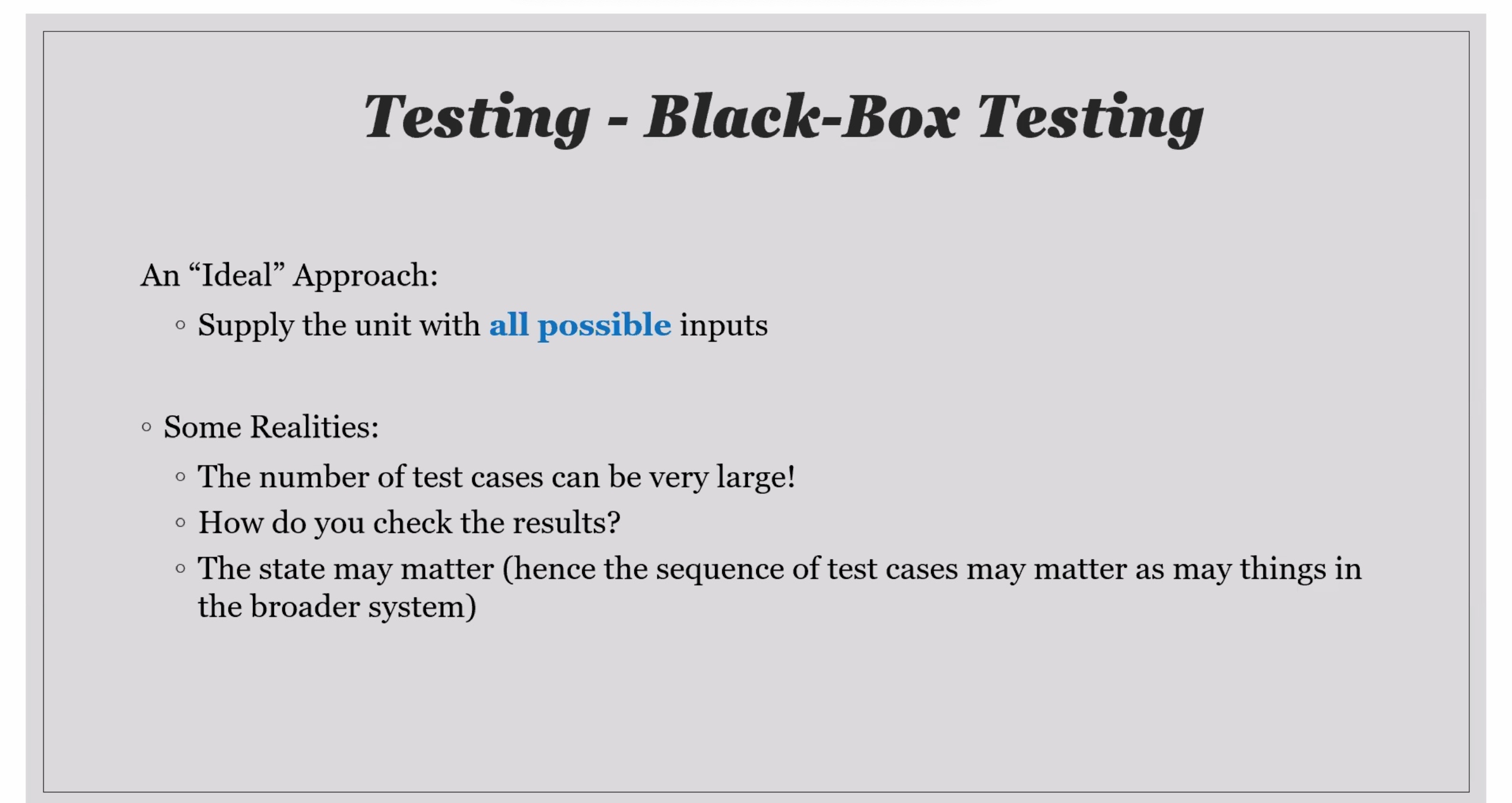
-
Given flow graph, define all possible paths 5. Types of tests (unit, system, etc.)
-
Partition input values
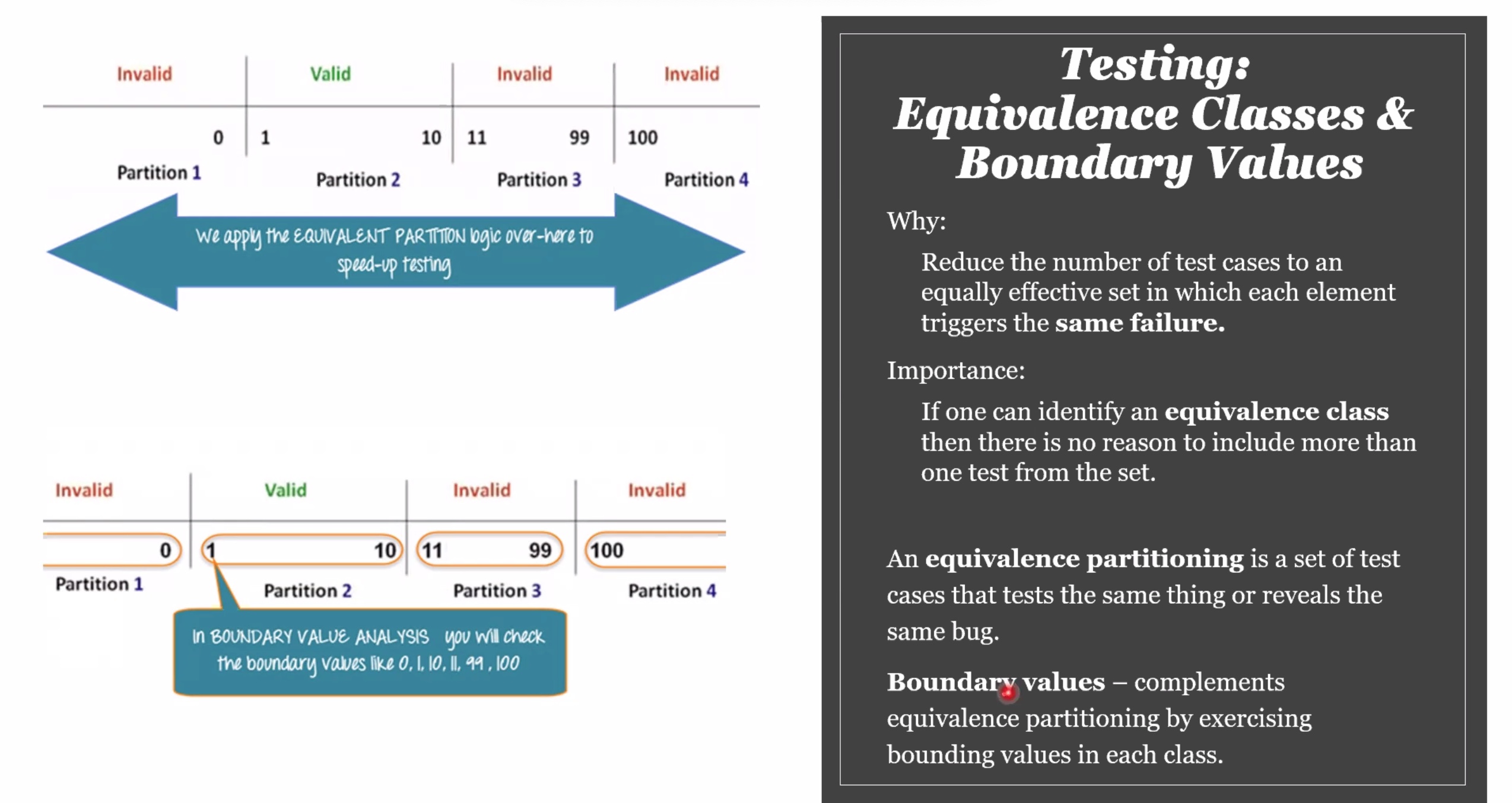
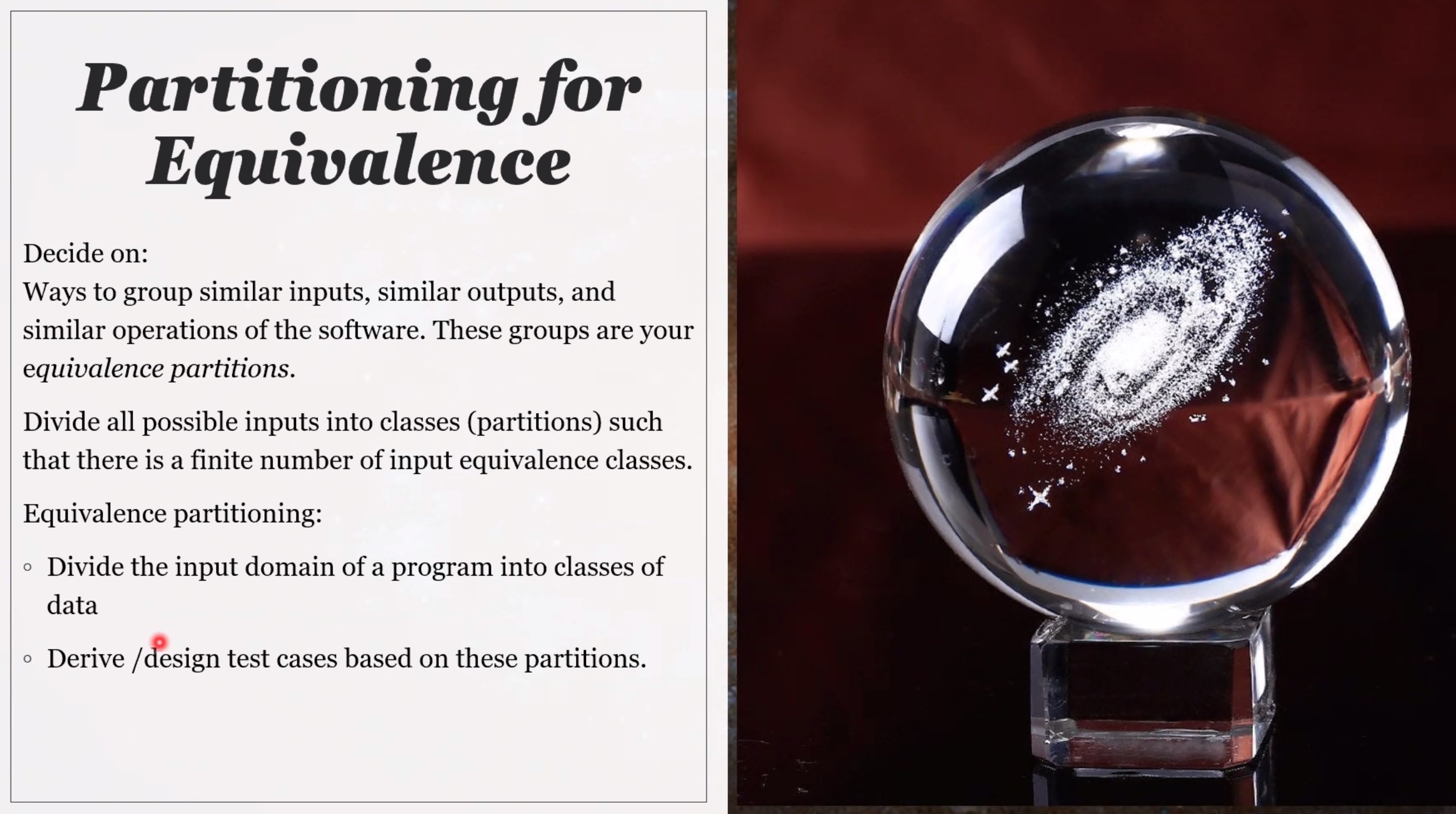
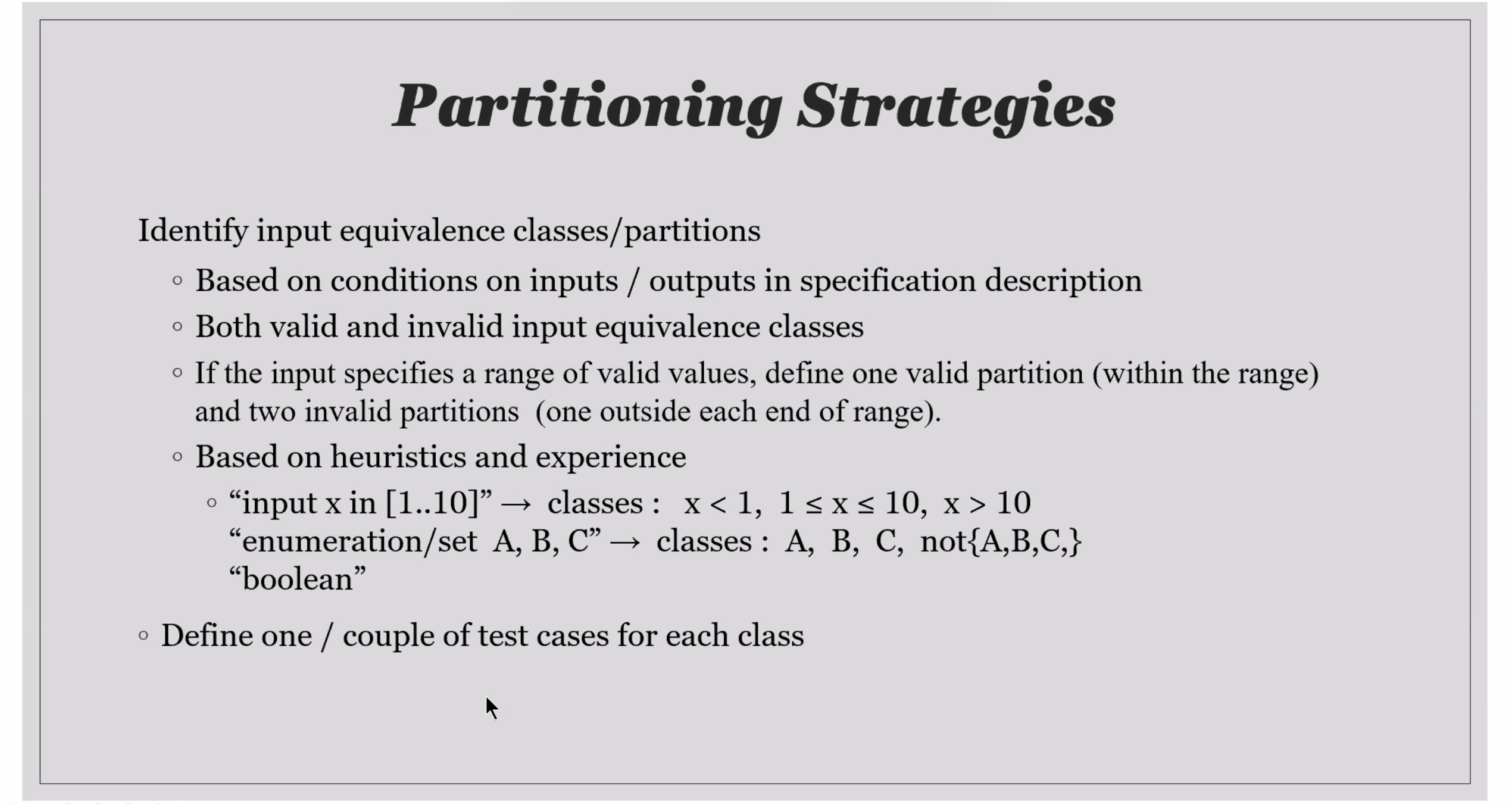
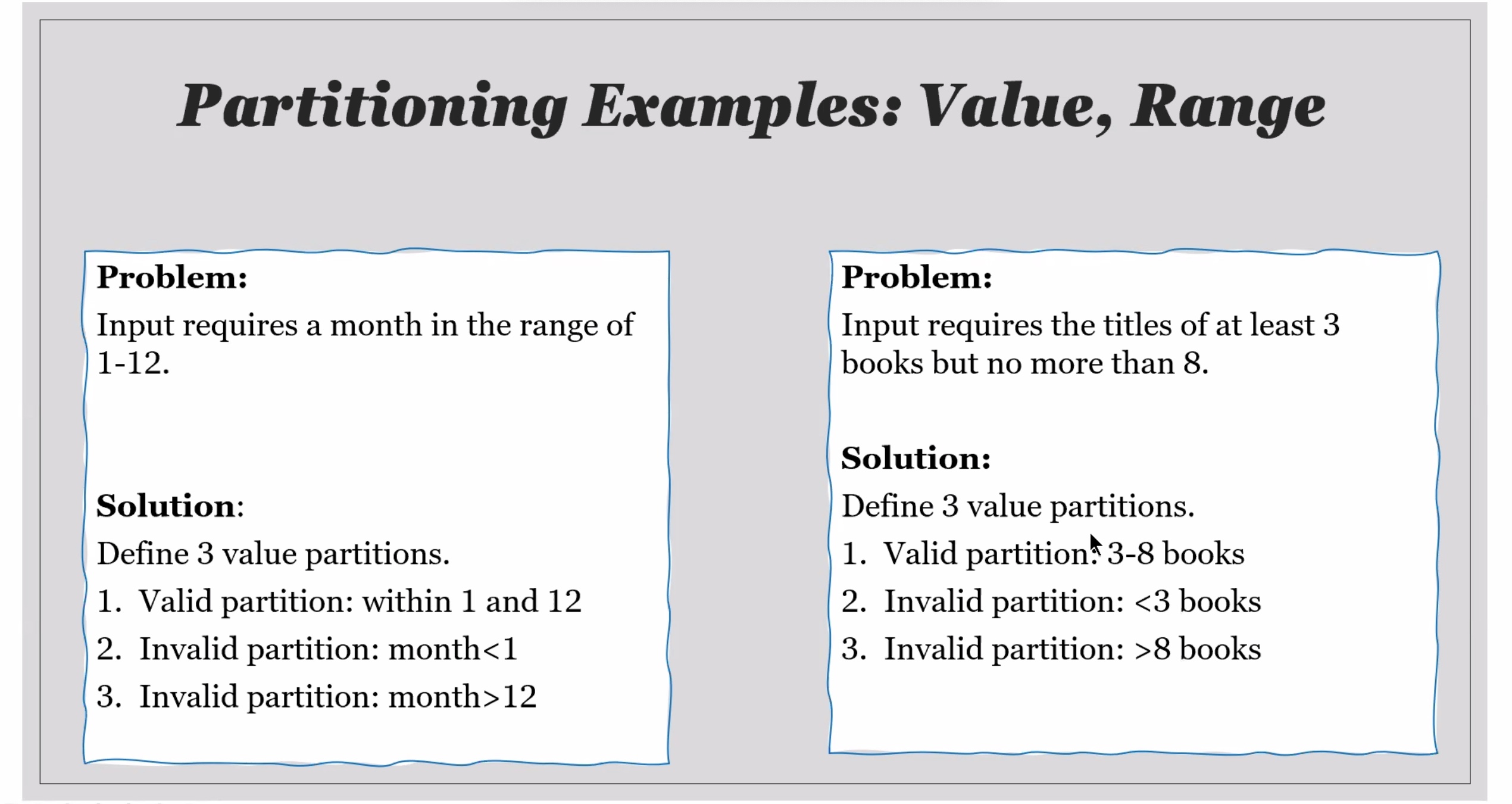
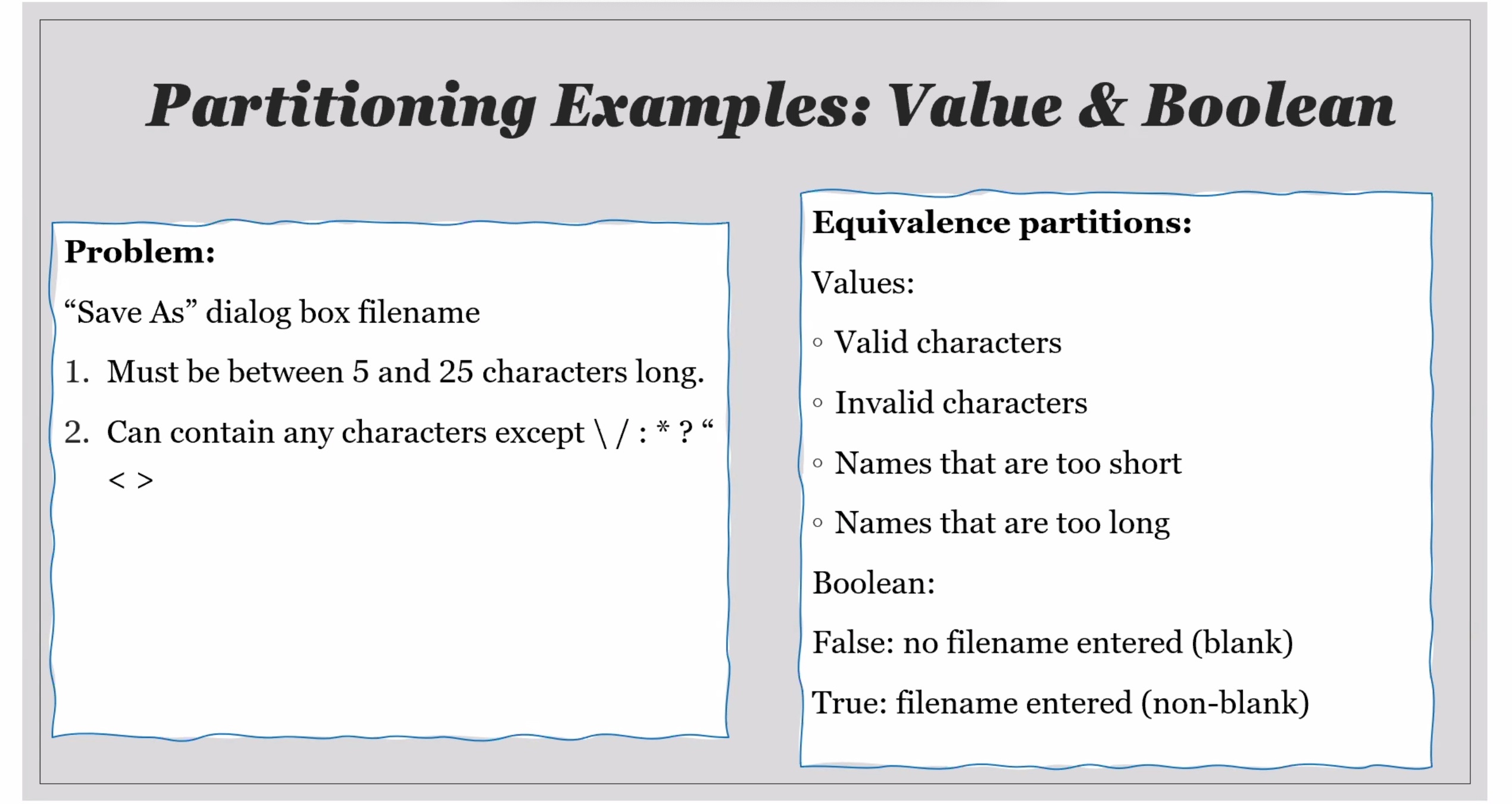
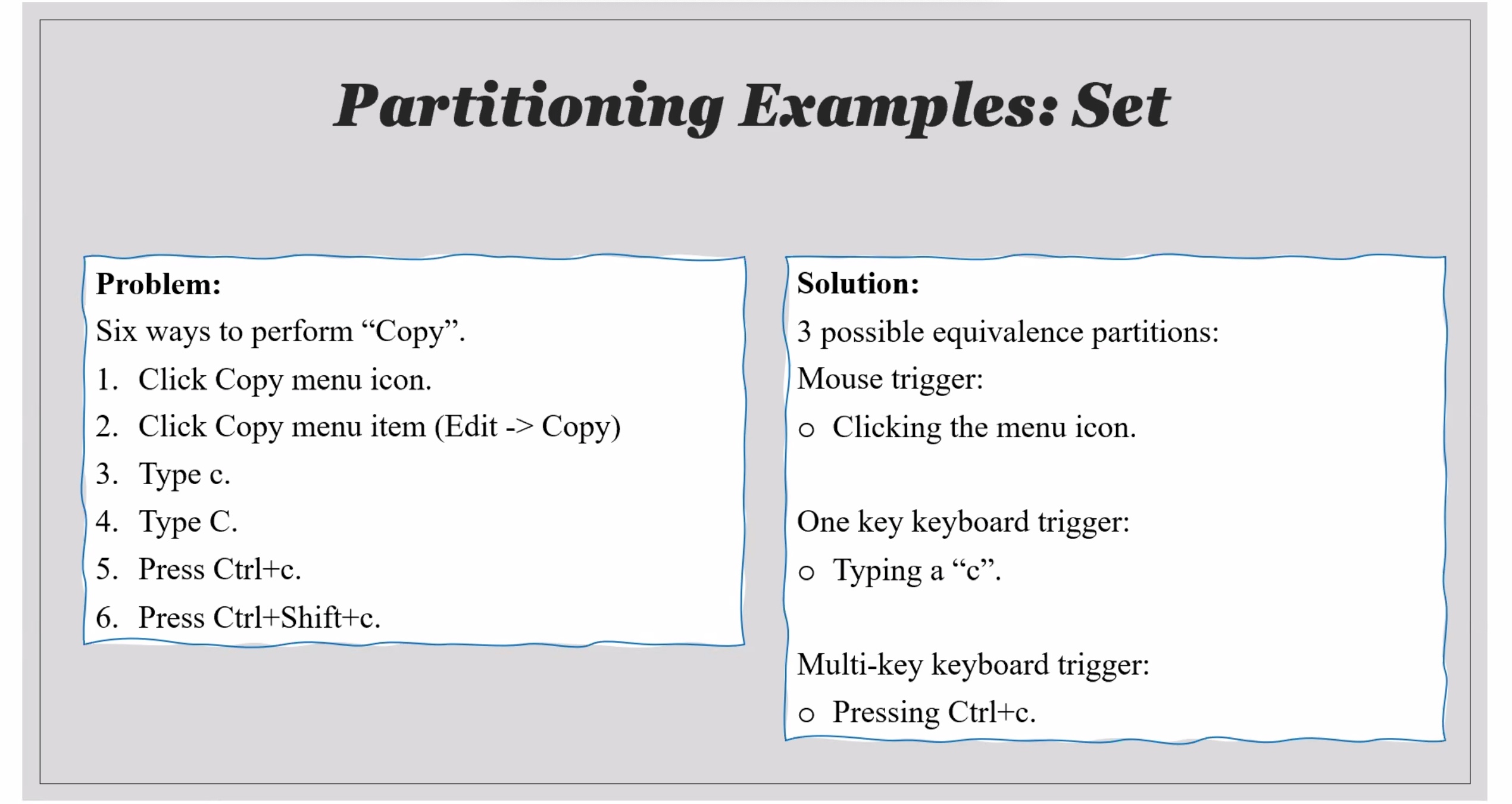
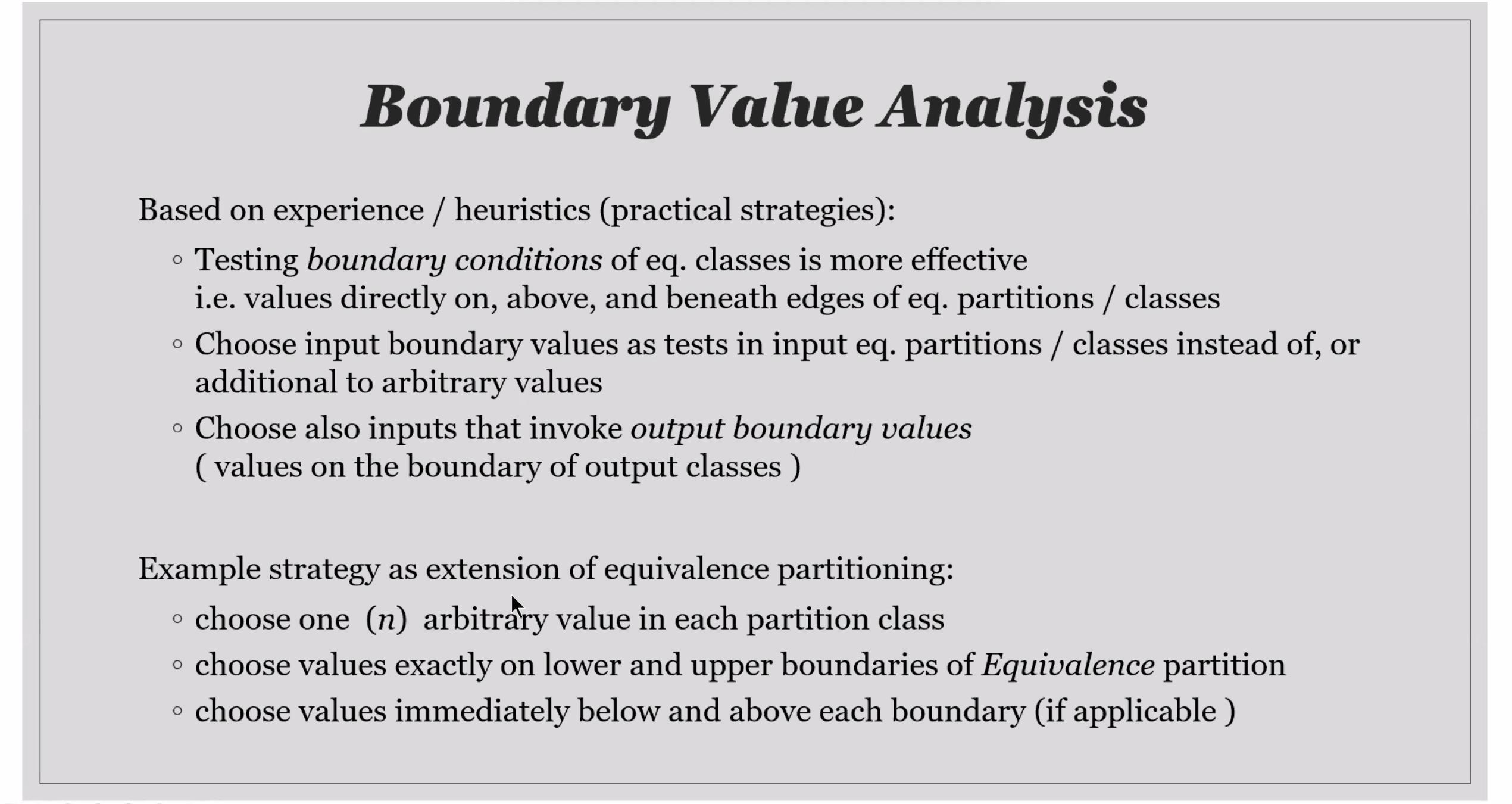
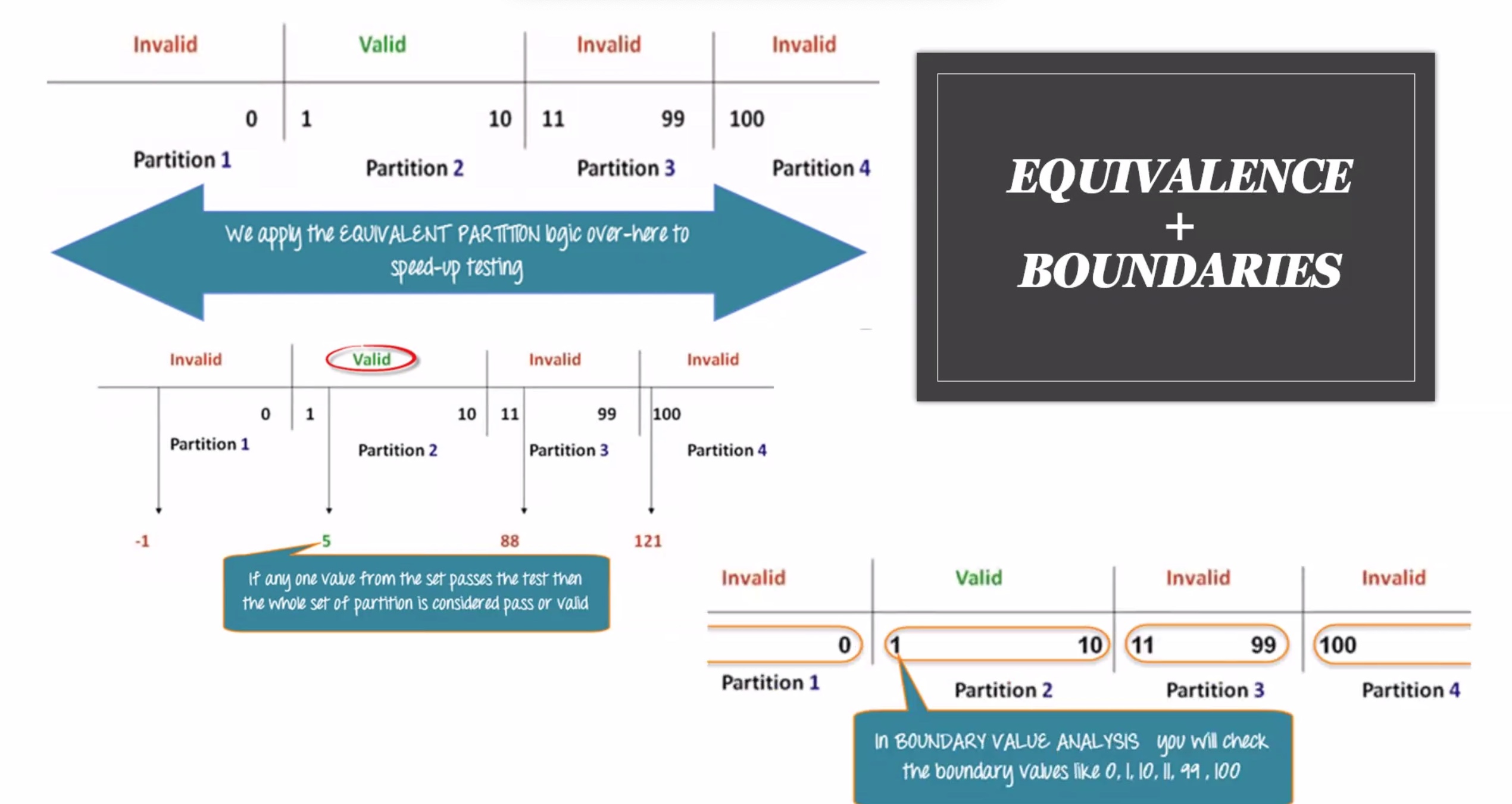
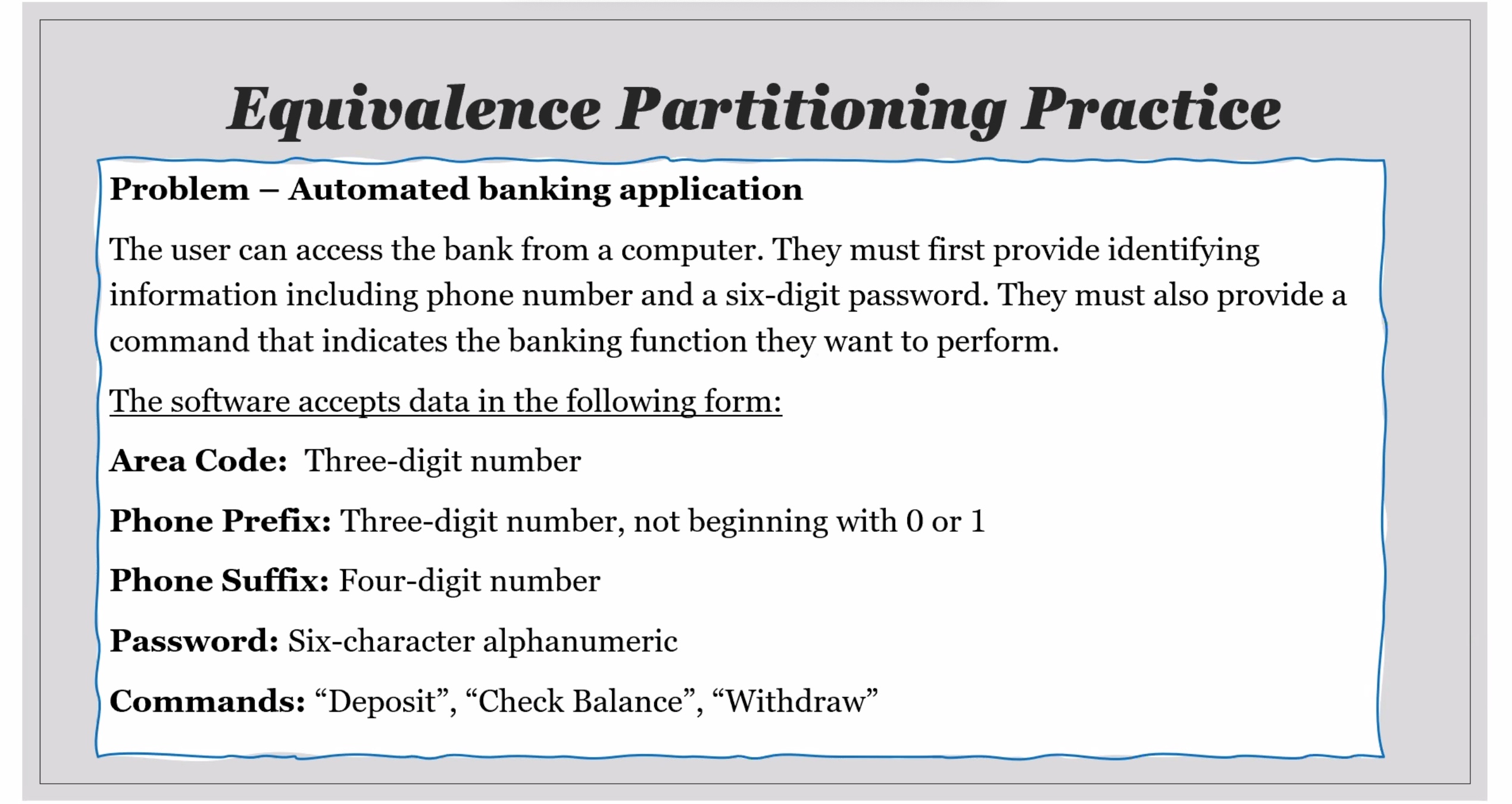
DevOps #
Covered in CS131-lecture-20201208
- DevOps Terminology (SLA, Operations, CI/CD etc.)
- How DevOps differs from traditional Operations/Maintenance phase
- DevOps components